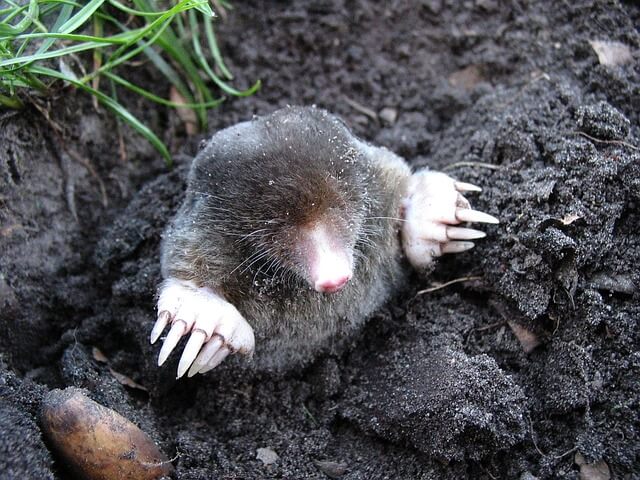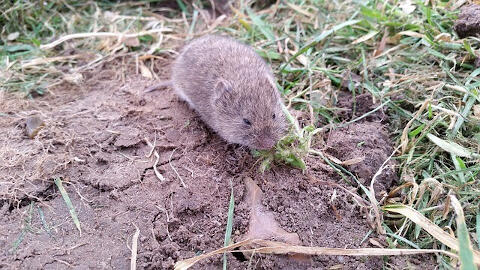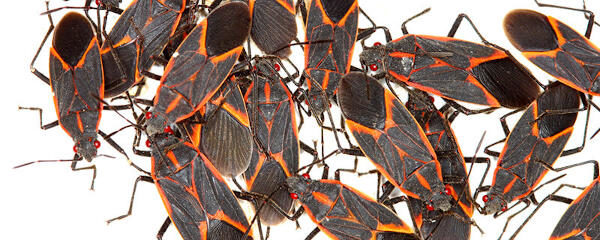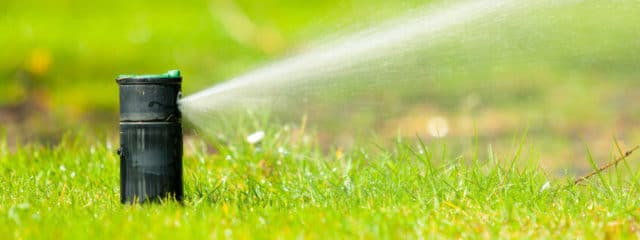Although they may sound similar and cause similar damage to your property, moles and voles are actually quite different animals. While they are small, both voles and moles can cause extensive damage to your lawn and garden plants if left alone. Are you experiencing lawn damage caused by a mysterious pest? Your lawn could be experiencing a mole or vole invasion!
Why are Moles and Voles Harmful?
Both moles and voles burrow in the ground, but voles feed on plants and tree bark while moles feed on plants and insects. Their burrows can disrupt the evenness of your turf, creating unsightly holes and mounds. Both of these pests can cause damage to grasses and garden plants.
Why is it important to know if moles or voles are causing damage? Understanding which pest has infested your lawn determines the proper control strategy.
Voles are harmful because they eat your plants and damage the root systems of your plants as they burrow for food. Moles burrow in the soil year-round, while voles live under snowpack during the winter. Once the snow melts, they leave worn tracks in your lawn that may be irreversible.
Appearance and Characteristics
There are some key differences between moles and voles:
Moles
Pointed snouts
- Large paws for digging
- Nearly invisible eyes and ears
- Create underground maze-like tunnels and mounds
- Feed on insects in the soil
Voles
- Rounded ears
- Live in dense vegetation
- Feeds on roots, bulbs, bark, and seeds
- Create tracks in turf
- Reddish brown or black fur with a gray underside
Moles vs Voles
Another thing to keep in mind is that while voles are rodents, moles are not. Voles are herbivores, and they only eat plants. Moles are carnivorous so they are hunting for insects, grubs, or worms. Despite their differences, both pests, cause collateral damage to turf and ornamental plants alike.
You can tell which pest is threatening your property by the kind of damage it is causing. If your plants don’t look like they’ve been nibbled on, but you have furrows of soil in your lawn, there is a good chance that moles are the culprit.
On the other hand, voles eat plants but do not burrow in tunnels like moles. Voles will eat grass, flower roots, bulbs, and seeds. If food is scarce, they will even eat the bark off of trees and shrubs.
Since voles are rodents, they are often mistaken for house mice. Voles have much shorter tails, they are about 5 inches in length. Like mice, they tend to reproduce quickly. Within only a few weeks, a vole family could triple in size.
Contact Professional Pest Control Services
The good news is that there are methods of controlling mole and vole populations so that they do not get out of hand. If you suspect that your property is under attack from either moles or voles, don’t hesitate!
Senske Services can help assess the best way to get rid of moles or your vole problem. Our pest control technicians have been dealing with vole control and mole control for over 75 years.
Contact the pest control experts at Senske to get to the root of the problem before it’s too late. Senske offers free estimates on services regarding pest control. Contact us today!

 Pointed snouts
Pointed snouts



